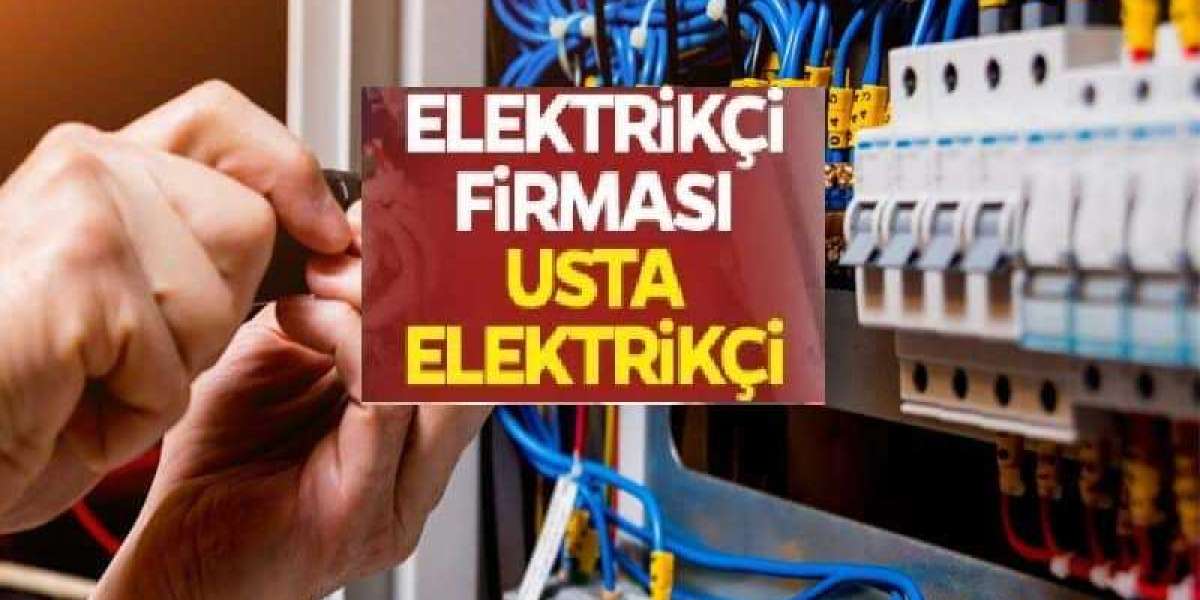Fiberglass batt insulation is a popular choice for homeowners looking to insulate their spaces effectively without breaking the bank. However, it’s essential to weigh the benefits and potential drawbacks before making a decision. Understanding the specifics of fiberglass batt insulation can help you make the right choice, especially if you’re considering its application in Tampa, Florida, where climate factors like humidity and heat play a crucial role.
What is Fiberglass Batt Insulation?
Fiberglass batt insulation is a traditional insulation material made from fine glass fibers and is often pre-cut to fit snugly between wall studs, attic spaces, or floor joists. This insulation type is known for its ease of installation and cost-effectiveness. Fiberglass batt insulation typically comes in rolls or pre-cut panels and is a go-to choice for many construction projects.
Pros of Fiberglass Batt Insulation
Fiberglass batt insulation offers several advantages, making it an attractive option for homeowners and builders. Here’s why it might be a smart choice for your insulation needs.
1. Affordable and Cost-Effective
One of the main reasons homeowners and contractors favor fiberglass batt insulation is its affordability. Compared to other insulation types, fiberglass batt is generally more budget-friendly, making it an excellent choice for those who want quality insulation without overspending.
2. Easy to Install in DIY Projects
Fiberglass batt insulation is widely known for its ease of installation, even for those tackling DIY projects. The insulation comes in pre-cut sections, which makes fitting it between standard framing members simple.
3. Fire Resistance Adds Safety
Fiberglass insulation is made from sand and recycled glass, which are naturally fire-resistant materials. This quality provides an added layer of protection in the unfortunate event of a fire. Although it doesn’t eliminate the risk, it can help slow the spread of flames, buying valuable time to manage the situation safely.
4. Reliable for Soundproofing
Fiberglass batt insulation also serves as a soundproofing solution, helping to reduce noise transmission between rooms. It can be especially useful in multi-story homes or properties where noise control is essential.
5. Energy Efficiency Boost for Homes
By reducing the rate of heat transfer, fiberglass batt insulation helps maintain consistent temperatures indoors. When installed correctly, this insulation minimizes the strain on heating and cooling systems, leading to energy savings and lower utility bills over time. In a warm climate like Tampa, where air conditioning usage is high, effective insulation can make a noticeable difference.
Cons of Fiberglass Batt Insulation
Despite its benefits, fiberglass batt insulation has some limitations. Being aware of these can help you decide whether it’s the right insulation choice for your property.
1. Moisture Vulnerability in Humid Climates
One significant downside to fiberglass batt insulation is its susceptibility to moisture. In humid climates like Tampa and nearby areas, moisture can be a persistent issue. When fiberglass absorbs moisture, it loses much of its insulating ability and becomes prone to mold growth, which can lead to health issues and further home damage.
2. Lower R-Value Compared to Alternatives
While fiberglass batt insulation is relatively effective, its R-value is lower than options like spray foam insulation. The R-value measures how well a material resists heat flow, with higher values indicating better insulation performance. For those in Tampa seeking maximum thermal resistance, fiberglass batt insulation might fall short, particularly in attics or other high-heat areas.
3. Risk of Air Gaps
Unlike spray foam, fiberglass batt insulation doesn’t create an air-tight seal, which can lead to gaps if not installed properly. These air gaps can reduce energy efficiency and allow heat or cold air to escape, impacting overall comfort and driving up utility bills. In areas prone to drafts, such as near windows or doors, this can be a notable disadvantage.
4. Health Precautions During Installation
Fiberglass can be irritating to the skin, eyes, and respiratory system. Without proper protective gear, handling fiberglass batt insulation can result in discomfort or even respiratory issues. This can be a concern for DIY projects, especially in tightly enclosed spaces.
Is Fiberglass Batt Insulation Suitable for Tampa’s Climate?
In Tampa’s hot, humid climate, insulation choice plays a crucial role in a home’s comfort and energy efficiency. Given the high humidity, some may find fiberglass batt insulation isn’t the best choice for areas like crawl spaces, attics, or basements, where moisture accumulation is more likely. In these cases, moisture-resistant insulation types may be preferable. However, for certain spaces with controlled ventilation and minimal exposure to humidity, fiberglass batt insulation can still perform well when installed with vapor barriers.
Alternatives to Fiberglass Batt Insulation
Considering Tampa’s climate, some homeowners might explore alternatives to fiberglass batt insulation, such as spray foam or rigid foam boards, which offer higher R-values and better moisture resistance. While alternatives can be more expensive upfront, they often provide long-term energy savings and reduced maintenance costs. Weighing these options can help you find the ideal solution for your budget and comfort needs.
Frequently Asked Questions
Q: How long does fiberglass batt insulation last?
A: Fiberglass batt insulation has a typical lifespan of around 20-30 years, depending on environmental factors and installation quality. Properly installed fiberglass can provide consistent insulation, but exposure to moisture or pests may reduce its effectiveness over time.
Q: Can fiberglass batt insulation be reused?
A: In some cases, fiberglass batt insulation can be reused if it remains dry and intact. However, reused fiberglass may lose some of its R-value, and reinstalling it may be challenging without gaps.
Q: Is fiberglass batt insulation eco-friendly?
A: Fiberglass batt insulation is often made from recycled glass, which contributes to its eco-friendliness. However, the production process can be energy-intensive, so it’s important to weigh these factors based on your sustainability priorities.
Q: How does fiberglass batt insulation compare to spray foam insulation?
A: Spray foam insulation generally offers a higher R-value, better air-sealing capabilities, and moisture resistance, but it comes with a higher upfront cost. Fiberglass batt insulation is more affordable and easier to install but doesn’t perform as well in humid or moisture-prone areas.
Q: What safety precautions should I take when installing fiberglass batt insulation?
A: Wearing protective clothing, gloves, goggles, and a mask is essential to avoid skin and respiratory irritation when installing fiberglass batt insulation. Proper ventilation and thorough washing after installation can further reduce irritation risks.
Conclusion
Choosing the right insulation for your home is crucial, particularly in Tampa’s warm and humid climate. While fiberglass batt insulation offers affordability, ease of installation, and moderate soundproofing benefits, it also has drawbacks like moisture susceptibility and a lower R-value than alternatives. For properties in Tampa and surrounding areas like Hernando County, Pinellas County, and Pasco County, understanding these pros and cons can help you make a well-informed choice.
If you’re looking for advice on insulation options that best suit your home’s needs, On the Mark Spray Foam Insulation can provide expert guidance and solutions. Whether you’re considering fiberglass batt or another insulation type, feel free to reach out for more information or a consultation at (813) 921-0444.








